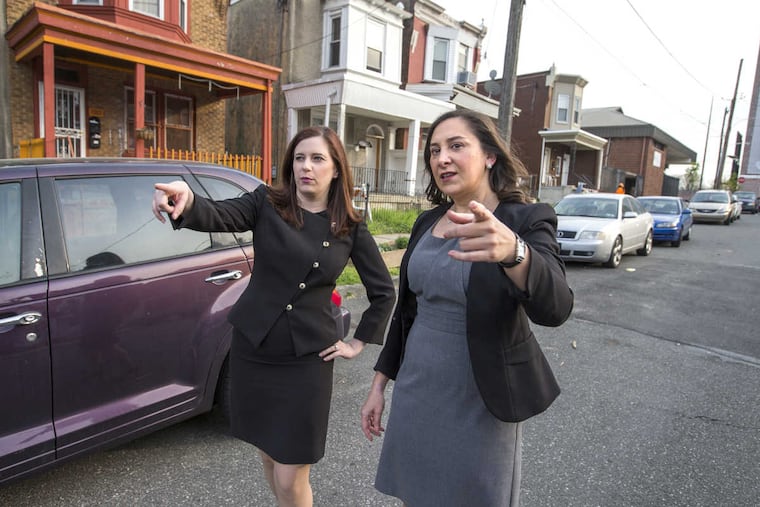Amid questions, officers cleared of shooting innocent deliveryman
Three years after undercover police shot an innocent cheeseburger deliveryman, the officers are back on the street, and questions remain

Three years after undercover police shot an innocent cheeseburger deliveryman, the officers are back on the street, and questions remain
